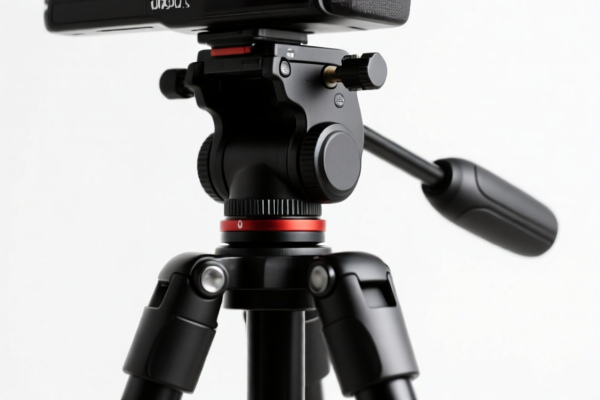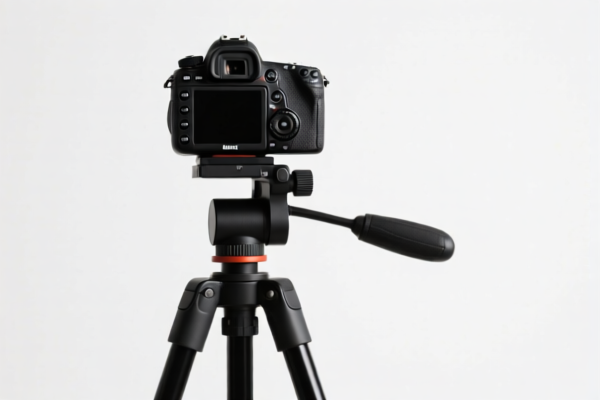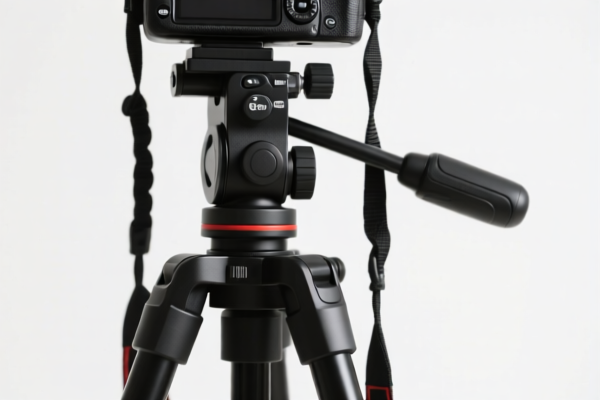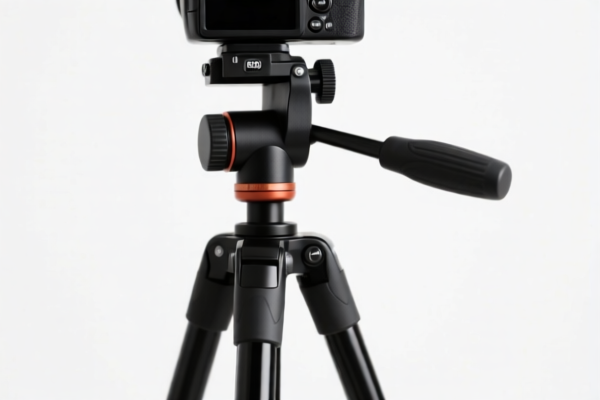| HS Code | Official Doc | Tariff Rate | Origin | Destination | Effective Date |
|---|---|---|---|---|---|
| 9620002500 | Doc | 58.9% | CN | US | 2025-05-12 |
| 9620001500 | Doc | The rate applicable to the article of which it is an accessory+30.0% | CN | US | 2025-05-12 |
| 9007100000 | Doc | 55.0% | CN | US | 2025-05-12 |
| 9620003090 | Doc | The rate applicable to the article of which it is an accessory+30.0% | CN | US | 2025-05-12 |
| 9620002000 | Doc | 60.8% | CN | US | 2025-05-12 |




Camera Stands
A camera stand, also known as a tripod, is a portable platform used to stabilize and elevate a camera. They are essential tools for photography and videography, enabling sharp images and smooth footage, particularly in low light or when using long exposure times.
Materials
Camera stands are constructed from a variety of materials, each offering different balances of weight, stability, and cost:
- Aluminum: The most common material due to its lightweight nature, affordability, and reasonable strength. Suitable for general use.
- Carbon Fiber: Significantly lighter and stiffer than aluminum, offering superior stability and vibration damping. More expensive, often preferred by professionals.
- Steel: The heaviest and most durable option, providing maximum stability but less portability. Typically used in studio settings or for very large cameras.
- Plastic: Less common, generally used for lightweight, compact stands for smartphones or small cameras.
Purpose & Function
The primary purpose of a camera stand is to:
- Stabilize the camera: Preventing camera shake, leading to sharper images and smoother video.
- Elevate the camera: Allowing for different shooting angles and perspectives.
- Provide precise framing: Facilitating accurate composition and alignment.
- Enable long exposure photography: Essential for capturing images in low light or creating motion blur effects.
- Support remote shooting: Allowing the camera to be positioned independently of the photographer.
Usage Scenarios
Camera stands are utilized in a wide range of applications:
- Landscape Photography: Maintaining stability for detailed, clear images.
- Portrait Photography: Achieving consistent framing and lighting.
- Videography: Providing smooth panning and tilting motions.
- Time-lapse Photography: Ensuring consistent framing over extended periods.
- Sports Photography: Supporting long lenses and tracking moving subjects (often with specialized heads).
- Studio Photography: Providing a stable base for controlled lighting setups.
- Astrophotography: Essential for long exposure images of the night sky.
Common Types
- Tripods: The most common type, consisting of three legs providing a stable base. Available in various heights and load capacities.
- Monopods: Consisting of a single leg, offering limited stability but increased portability and flexibility. Useful for sports or wildlife photography.
- Gorillapods: Flexible, wrappable stands with adjustable legs, ideal for attaching cameras to uneven surfaces or objects.
- Mini Tripods/Tabletop Tripods: Small, lightweight stands designed for use on tables or other flat surfaces, often used with smartphones or compact cameras.
- Boom Stands: Used in studio settings to position lights or microphones, often featuring a counterweight for stability.
Key Features & Considerations
- Load Capacity: The maximum weight the stand can safely support.
- Height Range: The adjustable height of the stand.
- Head Type: (Ball Head, Pan/Tilt Head, Fluid Head, etc.) determines the range of motion and smoothness of panning and tilting.
- Leg Sections: More sections allow for greater compactness but can reduce stability.
- Quick Release Plate: Allows for fast attachment and removal of the camera.
- Bubble Level: Ensures the camera is level.
- Foot Design: (Rubber Feet, Spiked Feet) provides stability on different surfaces.
CAMERASTAND Classification and Tariff Information
Based on the provided information, the following HS codes are relevant to CAMERASTAND:
-
9620002000: This HS code covers monopods, bipods, tripods and similar articles, specifically accessories for photographic (other than cinematographic) cameras.
- Chapter 96: Miscellaneous manufactured articles.
- Heading 9620: Articles of travel, sports, or similar use.
- Subheading 0020: Accessories for photographic cameras (other than cinematographic). This includes items designed to support or position cameras for photography. The base tariff is 5.8%, with an additional 25.0% tariff. After April 2, 2025, the additional tariff increases to 30.0%, resulting in a total tariff of 60.8%.
-
9620005000: This HS code also covers monopods, bipods, tripods and similar articles, but specifically for "other" materials, namely plastics.
- Chapter 96: Miscellaneous manufactured articles.
- Heading 9620: Articles of travel, sports, or similar use.
- Subheading 0050: Other, of plastics. This applies to camera stands made of plastic. The base tariff is 5.3%, with an additional 25.0% tariff. After April 2, 2025, the additional tariff increases to 30.0%, resulting in a total tariff of 60.3%.
It is important to note that the total tariff for both HS codes will be 60.8% or 60.3% depending on the material of the camera stand.
Customer Reviews
The information is there, but I wish the tariff rates were more clearly explained for each HS code. Still, it was helpful overall.
It’s good to see the breakdown of the different materials used in camera stands. The section on plastic was especially useful for my product.
The page has all the essential details about camera stands and their HS codes. The tariff rates and effective dates are clearly listed. Highly recommend for exporters.
I was looking for HS codes for plastic camera stands, and the info on 9620005000 with the 60.3% tariff was exactly what I needed. Thanks!
The detailed classification under Chapter 96 and Heading 9620 made it easy to understand how camera stands are categorized for international trade. Super informative!